This single-minded dedication to skiing bears itself out in other ways, too. I see it on Karl’s Facebook page where, unlike other pro skiers, he mostly shares videos of other people skiing. When I ask why, he explains that he doesn’t get tired of watching skiing. “I like being a portal,” he tells me, “a place to scroll through and see what other people are doing and what I think is cool.”
Karl’s brother Hans grew up in Santa Barbara, CA, during the days when skateboarding became the new surfing, when cool became cooler. At age 10, Dogtown skateboards sponsored him. He’s got a long history of studying style and those who want to appropriate style. As he tells story after story about his younger brother over the phone, Hans asks me a question: “Can you hold on one second, brother?” Hans begs for a few moments to catch his breath. “Sorry, man, I just took this long hike with my dog, and we’re up here on the top of this ridgeline over Sun Valley. It’s real beautiful. I’m making unwise oxygen choices.”
Hans admits a family bias towards Karl’s skiing but is crystal clear in his judgment. “I can watch his videos,” he explains, “then watch a great legend like Christian Hosoi on a skateboard and go, ‘Wow, my brother has got the essence of what it takes to just be fucking awesome.’”
“He went on his own path and decided he was going to do all this radical stuff,” says Hans, before explaining that, in spite of the Norwegian, blonde, tall physicality of their family that implies simplicity to the casual observer, there is something more to each member of the Fostvedt family. It is what Karl embodies. “If you go deeper, he’s a rebel intellectual. I encourage him to be himself at all cost.”
Whether it’s in the backcountry or on street features, Karl’s career is built on his tricks and the way he does them. That all goes back to the coin flip and to his family. It goes back to Ketchum and skiing Sun Valley. “I was lucky as hell to be able to ski every weekend,” Karl tells me of joining SVESF as a 7 year old. “By the time I was in sixth grade, I got out of school early, four days a week, to ski. Since finishing school he’s been skiing six days a week. I think anyone that’s skied as much as me would be as good at skiing as I am or better. If you do something long enough, you’re going to get good at it.”
Hans explains that Karl’s talent comes from more than just time on the slopes. “I told Karl a long time ago, anybody can go out and do a hard trick, but if you can do that trick and make it look smooth—if you can flow like water, if you can add style to your trick— you’re going to bring art to skiing.”
That idea that skiing is about doing things differently rather than just going bigger has been in Karl’s head for quite some time. At Windells Camp in July, I watched as Karl found a natural takeoff on the left side of a tabletop, launched himself into the air and landed on the lip of the kicker stationed in the center. He tail-pressed his way across the entire flat, foot-wide lip before transferring down to the tranny on the skier’s-right side of the table. It was not exactly photogenic, but it was special and difficult, a line as much for his enjoyment as for photos or video.
Eventually, he completed the stunt to his liking, but his best iteration never appeared in a major film. I’m not sure he cared. “The sad thing is that it’s kind of effortless for him,” says Hans as he catches his breath above their hometown. “The best thing is he’s using his God-given talent to the fullest.”
After wrapping things up at Windells, Karl and I made our way to a lake about 30 miles from Mt. Hood. We wandered the shoreline, looking for a spot to shoot a portrait. Karl sat on a log with the calm water behind his back—a forty, a bag of chips and a bottle of salsa lay just out of the picture. As much as I asked Karl about his career, his history and his thoughts, he deflected and talked about other skiers, moments in skiing and the way the ski industry already is. Mostly though, he wanted to find the sun. He wanted to find a spot to camp. He wanted the sun on his face and the water at his feet and no camera pointed at him. He smiled and chuckled as we walked through the woods. When we got back to the parking spaces, he told me to follow the car he was in, but eventually I lost him. Karl went off to camp in the forest beneath the stars. He was hanging with a Scandinavian ski crew dubbed The Bunch. They had a compound in the woods where there was no cellphone service.
When Karl and I finally catch up a few months later, he has just returned from a month in Spain, hanging out with a friend, Luka Melloni, who builds skateboard parks. Karl talks about doing a park shoot with features that are smaller but more technical in nature. He also wants to hit Chad’s Gap this winter. “More than anything, I want to focus on building it as good as possible,” he tells me, expressing appreciation of the attention to detail shown in Spanish architecture, “even if it takes two weeks.”
“I want to see how far we can build the shelf out,” Karl explains, “so the gap’s a little shorter but the jump’s kickier and we have more hang time than in the past.” The ultimate goal is to hit the jump enough to get comfortable and, although he won’t tell me the specifics, put down new tricks. Intent on redefining one of the sport’s most iconic jumps, Karl has a bigger view of our sport.
Even though he lives in Salt Lake City and travels the world, seemingly without a break, each time I speak with Karl Fostvedt, Ketchum comes up. His family comes up. It seems odd to say this of a skier who grew up in a town as ingrained in ski culture as Ketchum, Idaho, but Karl was never given a free pass into the skiing elite.
Karl’s vision of that town is his brothers. It’s his first memory of being on skis, intimidated as he watched faster skiers zoom past. It’s Johnny G’s subshack and working in the auto-body shop owned by his coach at SVSEF. Karl tells me to talk to these people, and they tell me about Karl. “There’s definitely nobody that I know who loves skiing more than him,” says Johnny G. “He’s got the needle in his arm, for sure.”

Related: Karl Fostvedt has been crushing Japanese pow this season
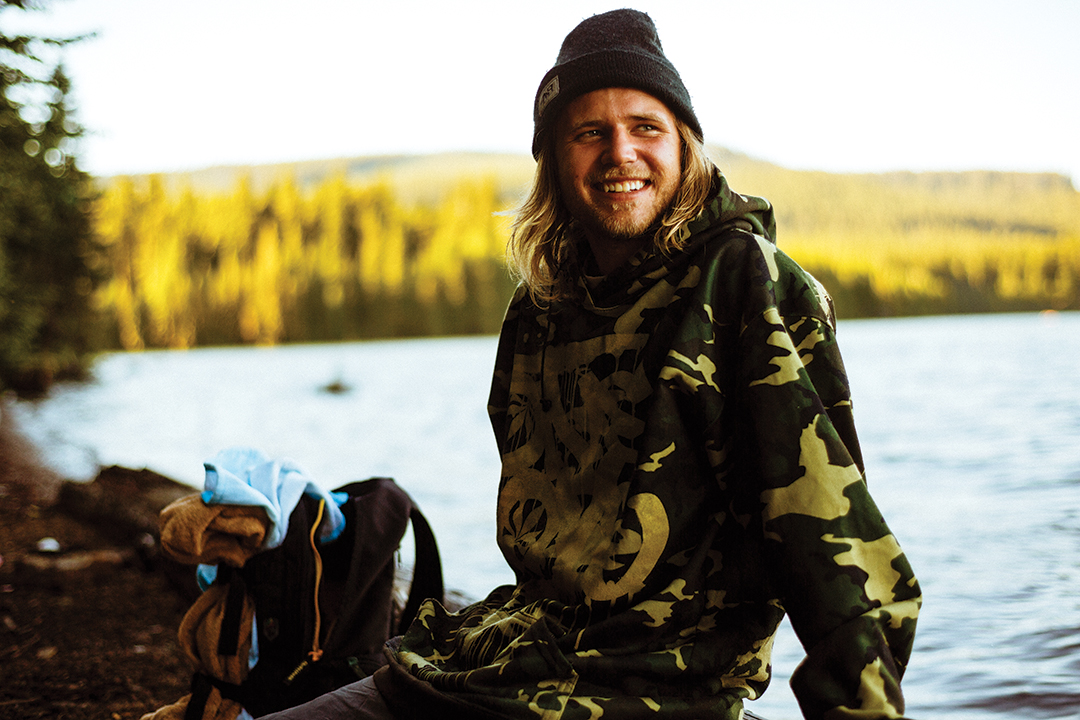

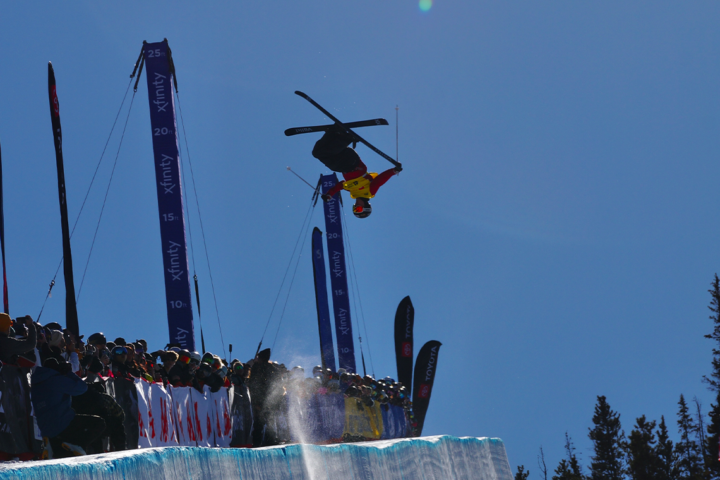



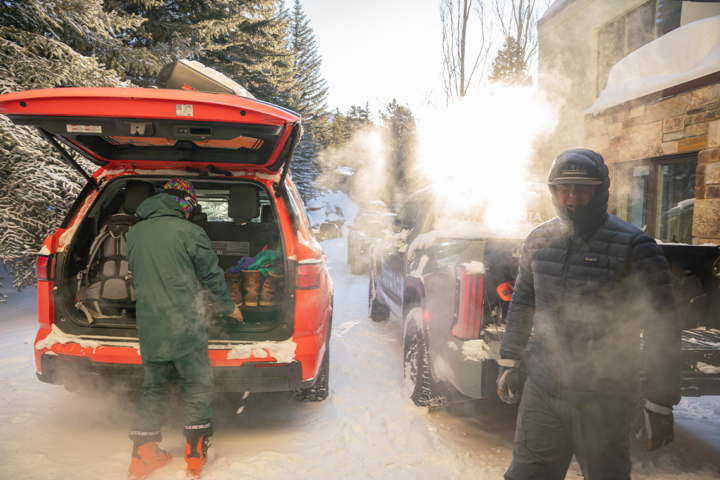
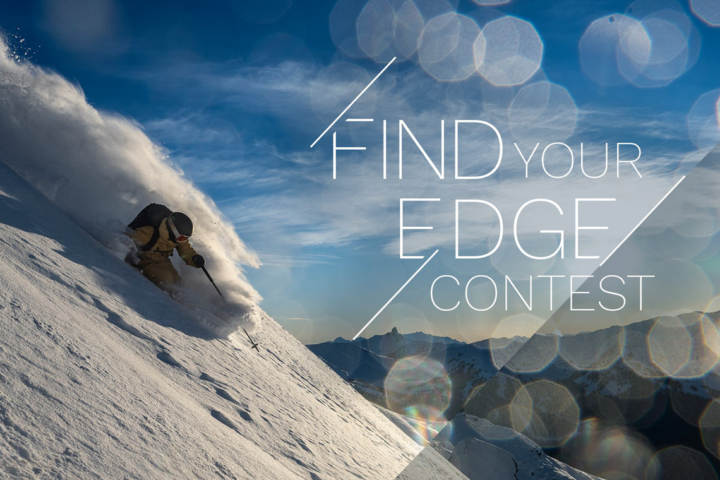
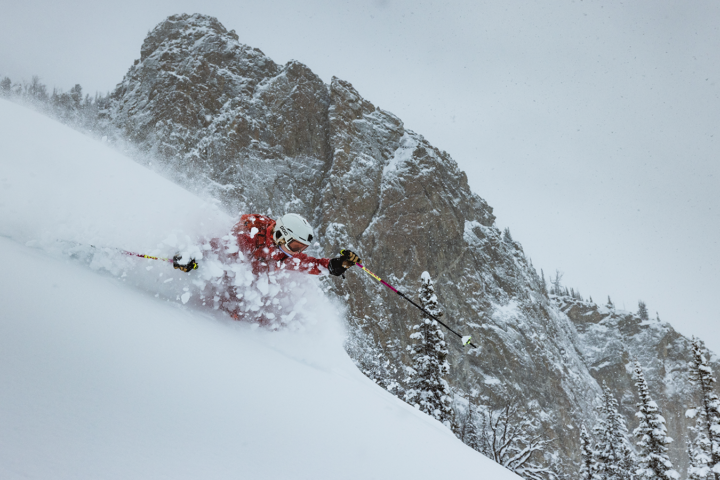

5 thoughts on “A Skier of Circumstance: Why Karl Fostvedt owes his career to a single flip (of the coin)”
Comments are closed.